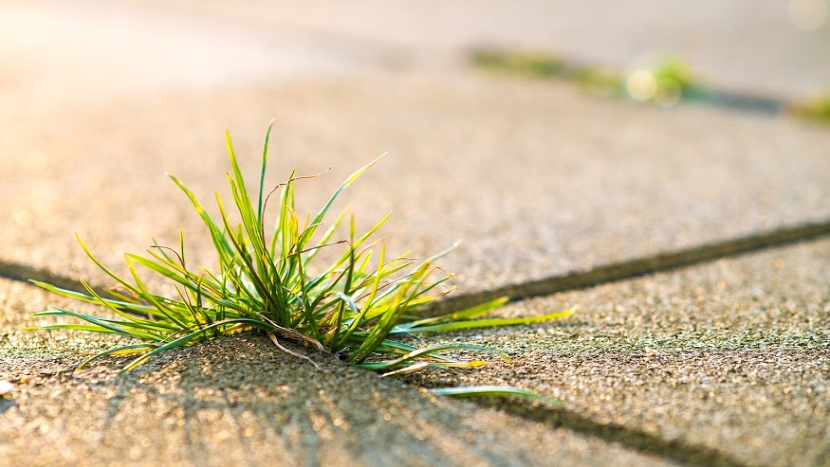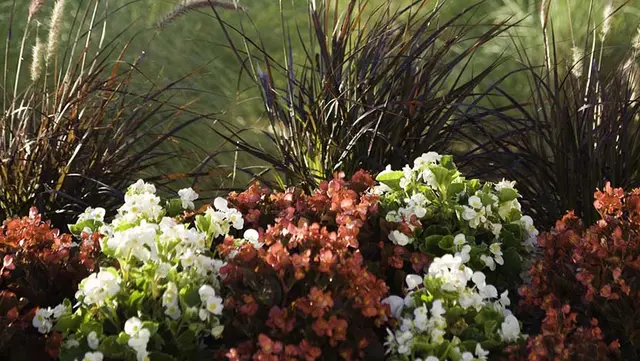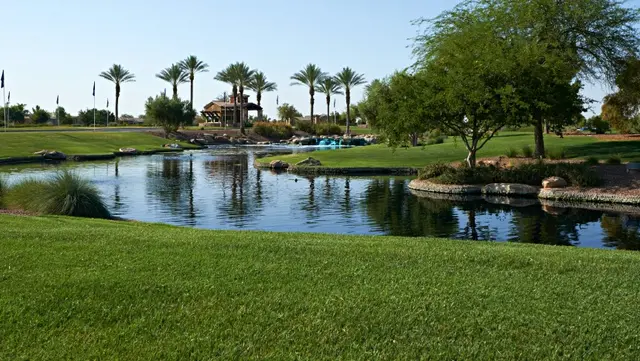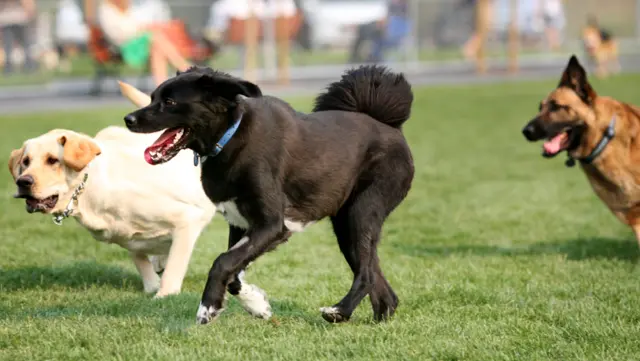
Get Weeds Under Control
It’s Time to Take Back Your Landscape
Weeds are like the landscape equivalent of party crashers. You didn't invite them, so why do they keep showing up? We'll let you in on a little secret that will help keep them out of your landscape and end the frustration for good. It's called integrated weed management.
What’s Integrated Weed Management?

Integrated weed management is a coordinated strategy for stopping weeds, especially before they begin. Instead of yanking weeds endlessly, or spraying broad-spectrum herbicides and hoping for the best, integrated weed management is the "work smarter, not harder" approach.
Integrated weed management is a multifaceted technique based on developing a strategy that combines mechanical removal with appropriate herbicides and an understanding of plant biology to maximize results.
There's no single formula that works for every property. The right solution may rely on some of the aforementioned elements more than others, and that's where a knowledgeable landscape partner can help. By leveraging their horticultural and regional expertise, they can fine-tune a plan for your property. Let's take a look at what that might include.
Physical Management
As mentioned above, physical management is primarily mechanical removal of weeds, meaning hand weeding, or tilling the soil. Physical management is a time-consuming process, so it's best for removing small weeds that have not yet seeded, or those that appear among your flower beds or other ornamentals.
Chemical Management
When applied at the right time, herbicides can be highly effective in controlling weeds. Your integrated weed management program might call for pre-emergent herbicides, post-emergent herbicides, selective herbicides, non-selective herbicides, or any combination of the four. Here's how they differ:
- Pre-emergent herbicides stop weeds from emerging, by killing germinating seeds. The best time to apply Pre-emergent is in the fall and spring.
- Post-emergent herbicides are for weeds that are actively growing.
- Selective herbicides are targeted to kill specific types of weeds, without affecting surrounding plant material.
- Non-selective herbicides kill all plant material in the area to which it is applied. It's used in areas where a broad swath needs to be cleared. For example, a non-selective herbicide will clear lawns overrun with weeds to create a blank slate for replacement.
Cultural Management
Cultural management employs non-chemical methods to interrupt the weed's lifecycle. In cultural management, there's a strong emphasis on prevention. One such example is the use of cloth weed barriers to line flower beds, making it difficult for weeds to germinate. Another example is regular mulching, which is particularly effective in preventing annual weeds when maintained at a depth of 1 to 3 inches.
In some cases, it may also be possible to introduce a competing species that makes it difficult for weeds to grow by commandeering moisture and nutrients. This method is a longer-term strategy, though the result can be worth the patience. The planting of Wildflowers is useful for this purpose, which yields an eye-catching outcome. Once mature, they essentially crowd out the weeds.
Integrated weed management is key to maintaining curb appeal and property values. More than just part of keeping your landscape healthy, integrated weed management is also a better way to keep our environment healthy. By taking a multi-pronged approach, you're able to reduce the occurrence of weeds over time, thereby lessening dependence on chemical methods. Most importantly, you'll finally be able to throw out those party crashers for good.



